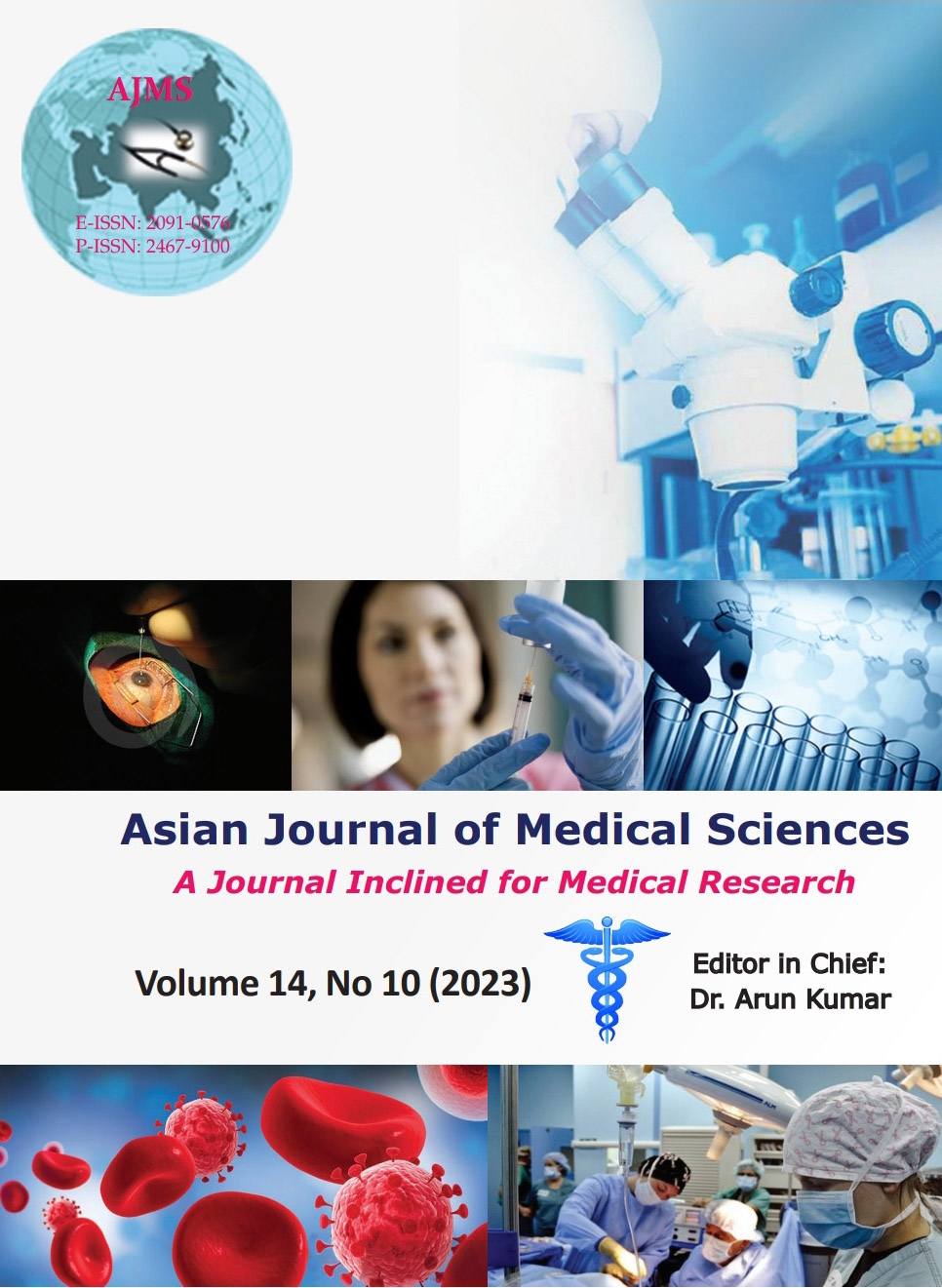Comparison of clinical significance between optical coherence tomography guided percutaneous coronary intervention and angiography-guided percutaneous coronary intervention in acute coronary syndrome of the south zone of Tamil Nadu
Keywords:
Optical coherence tomography; Conventional percutaneous coronary intervention; Acute coronary syndrome; AngiographyAbstract
Background: Intravascular optical coherence tomography (OCT) has specific features favoring its utilization in acute coronary syndrome (ACS). OCT has 100% sensitivity for detecting intraluminal thrombus compared to conventional coronary angiograms.
Aims and Objectives: This study compares the clinical significance of OCT findings during percutaneous coronary intervention (PCI) and angiography-guided PCI in ACS patients.
Materials and Methods: This prospective observational study was conducted in a tertiary care cardiac center at Tirunelveli Medical College Hospital and included 43 patients who had undergone both conventional and OCT-guided stenting (PCI) coronary angiograms. Their pre- and post-stenting findings of Intravascular OCT, conventional angiogram findings, and follow-up coronary angiogram findings were recorded.
Results: The mean age of the patients was 51.61 years, with 20 (87%) males and 19 (86.4%) males in the OCT-guided PCI group. Baseline risk factors such as hypertension, smoking, and T2DM were noted. Pre-OCT showed fibrofatty plaque, plaque rupture, red thrombus, spotty calcium, mixed thrombus, and white thrombus. Post-stenting OCT results showed 13.6% Edge dissection, 9.1% Malapposition, 9.1% Red thrombus, 4.5% Tissue prolapse, and 4.5% white thrombus. Five patients had chest pain on follow-up; a check angiogram showed stent thrombosis and restenosis in four cases (17.4%), and reintervention was done. One case of early stent thrombosis expired, which is statistically significant.
Conclusion: Intravascular OCT is a promising new and advanced technology for intra-coronary imaging due to its high resolution and dynamic range.
Downloads
Downloads
Published
How to Cite
Issue
Section
License
Copyright (c) 2023 Asian Journal of Medical Sciences

This work is licensed under a Creative Commons Attribution-NonCommercial 4.0 International License.
Authors who publish with this journal agree to the following terms:
- The journal holds copyright and publishes the work under a Creative Commons CC-BY-NC license that permits use, distribution and reprduction in any medium, provided the original work is properly cited and is not used for commercial purposes. The journal should be recognised as the original publisher of this work.
- Authors are able to enter into separate, additional contractual arrangements for the non-exclusive distribution of the journal's published version of the work (e.g., post it to an institutional repository or publish it in a book), with an acknowledgement of its initial publication in this journal.
- Authors are permitted and encouraged to post their work online (e.g., in institutional repositories or on their website) prior to and during the submission process, as it can lead to productive exchanges, as well as earlier and greater citation of published work (See The Effect of Open Access).




